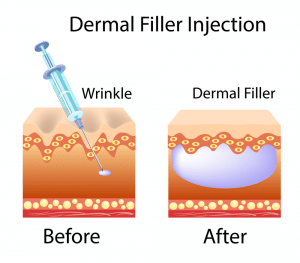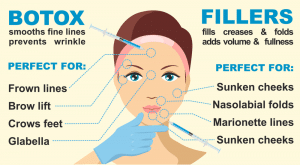Dermal Fillers
Dermal Fillers in Iran
Best dermal fillers clinic in Iran
Millions of Iranian and foreign patients are going under dermal fillers treatment in Iran each month. dermal fillers in Iran is on top of the middle-east regarding its skilled specialists and doctors. Here are the best centres for dermal fillers in Iran:
- Atrisa Clinic
Dermal fillers cost in Iran
There is a significant difference between the cost of dermal fillers in Iran and other countries. The most important factors for the low price of it in Iran are:
- A large number of dermal fillers clinics in Iran.
- A large number of applicants for dermal fillers in Iran.
Dermal fillers cost in Iran varies depending on the doctor and the hospital. The average cost of dermal fillers in Iran is 1440 dollars.
Dermal fillers cost in Iran in comparison with other countries
This surgery costs $4500 in the U.S., $2300 in Europe, $1900 in Thailand and $2300 in Turkey.
Best dermal fillers doctor in Iran
More than 2M cosmetic treatments are being performed each year in Iran. Experienced Iranian doctors with an excellent record are performing the treatment. One of the most important factors for choosing a good doctor for dermal fillers in Iran is the doctor has done many dermal fillers treatments.
You can find the best doctors for dermal fillers in Iran on our website by following their different experiences and before- after gallery.
Why should you travel to Iran for dermal fillers?
- Low cost of dermal fillers in Iran
- Low cost of accommodation in Iran
- Well experienced doctors
- The high number of dermal fillers in Iran
Cosmetic centers accordant with today’s European standards are performing the highest quality operations in Iran. Another reason for dermal fillers in Iran is its lower cost compared to other countries.
How long should I stay for dermal fillers in Iran?

About Dermal Fillers
The features of people’s face are what make them unique. Faces are the first thing a person often sees. Wrinkles and fine lines create the most obvious and visible signs of facial ageing. They can make a person look tired or angry. As we age, wrinkles in between the eyes, around the eyes and on the forehead form due to facial movements like frowning, squinting, smiling and other expressions. Dermal fillers can plump thin lips, enhance shallow contours, soften facial creases and wrinkles, improve the appearance of recessed scars, reconstruct contour deformities in the face and decrease or remove the shadow of the lower lids.
Types of dermal fillers
- Hyaluronic acid (HA): It is a natural substance which is already found in the skin. It keeps skin plump and hydrated. The hyaluronic acid filler is typically soft and gel-like. It is one of the most popular kinds of injectable fillers. Most patients will experience noticeable results for 6-12 months before the body absorbs the filler.
- Calcium Hydroxylapatite (CaHA): It is a natural substance found primarily in the bones. Calcium Hydroxylapatite filler is a smooth gel which is thicker than hyaluronic acid filler and lasts longer as well, about 12 months for most patients.
- Polyalkylimide: is a semi-permanent dermal filler.
- Polymethylmethacrylate (PMMA): is a semi-permanent filler. PMMA fillers contain collagen, which is a natural substance in the skin that provides structure and firmness. PMMA is most often used for treating medium-to-deep wrinkles, folds, and furrows, particularly nasolabial folds.
- Polylactic acid: Polylactic acid filler is typically used for treating deeper facial wrinkles, and results can last more than two years. The polylactic acid filler is a collagen stimulator, and smooth fine lines are by helping the skin rebuild natural collagen. Each type can be used for different conditions, and your skincare specialist will give the best options to the patient.
Recommended For
- Physically healthy individuals
- Non-smokers
- Individuals that are committed to maintaining good skin health

Before Dermal Fillers
Patients should avoid any medication that thins the blood (such as aspirin) in the week before to the procedure. Patients should avoid drinking alcohol for 24 hours before the procedure.
During Dermal Fillers
The whole process may be as short as 15 minutes, or as long as an hour. No special consideration needed.
Recovery
Patients can resume most activities immediately after the procedure. They should remember to use sunscreen daily for preserving the filler and protecting against post-inflammatory pigment changes due to the needle sticks from injections. It is recommended to avoid intense physical activity for the first 24-48 hours to minimise swelling and bruising. It’s better to use ice pack after the injection for reducing any or prevent swelling. This procedure isn’t usually painful enough to require medication, and any bruising that might occur is usually minimal.